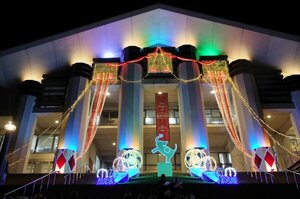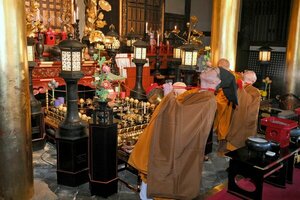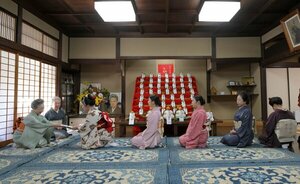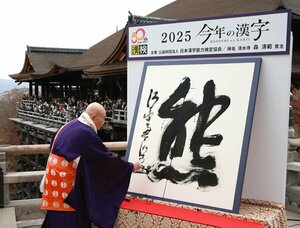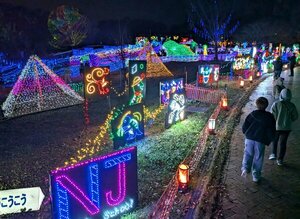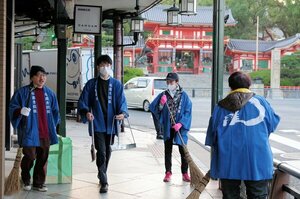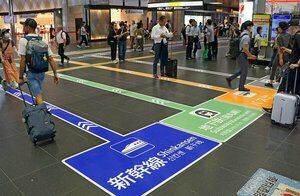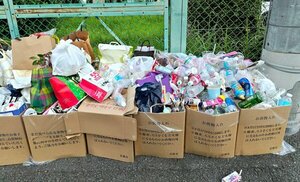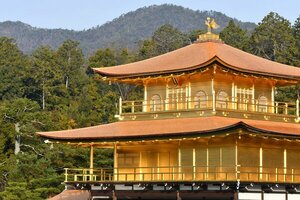Suntory Yamazaki Distillery (Shimamoto-cho, Osaka) will celebrate its 100th anniversary this year. Japan's first full-fledged whiskey production and storage facility is still in operation today as a major production base. Through the craftsmen, facilities, and surrounding natural environment that have supported the "Holy Land of Japanese Whiskey," we will take a look at its history and future vision.
In the scorching heat, the Yamazaki Distillery warehouse I visited was a different world. The moment you enter, you are enveloped in the scent of whiskey. The room is dark and cool. In the silence where the voice of cicadas does not reach, the barrels where the amber-colored unblended whiskey sleeps are lined up neatly.
In one corner was a monumental barrel. Part of the paint has peeled off, and the letters "1924" are readable, although the paint is faint. This is the barrel of the original malt whiskey that was distilled for the first time in Japan.
The Yamazaki Distillery is the culmination of the passion of Shinjiro Torii (1879-1962), the president of Suntory's predecessor Kotobukiya, to "make authentic domestic whiskey." In 1923, the site was acquired and preparations for construction began.
It was a departure after overcoming the anxiety of the surroundings. According to Suntory's company history, not only company executives but also Kansai businessmen who had close ties to Torii opposed the move.
In particular, management risks were threatened. Whiskey cannot be shipped immediately after production begins. 5 years, 10 years are costly during the required maturation period. There was no guarantee that the first "domestic whiskey" would be accepted by the market.
"If you don't try, you never know." Torii didn't budge.
Initially, they planned to invite an expert from England to be the first factory manager, but they appointed a Japanese young man who had learned how to make whiskey at home. It was Masataka Taketsuru (1894-1979), who later became the founder of Nikka Whiskey.
Operations began in 1924 under the direction of Taketsuru Plant Manager. One of the barrels of unblended whiskey made that year was the one the reporter saw in the cellar.
In 1929, five years after distilling began, the company released its first product, Suntory Whiskey Shirofuda. It was unpopular. The smoky flavor unique to authentic Scotch whiskey was considered "burnt" in Japan.
Searching for a whiskey that would suit Japanese people, Torii set out on his own. According to the history of the company, he stayed overnight at the distillery and tried and errored to improve and blend the unblended whiskey. It is said that he personally brought whiskey to the banquet room and asked about his impressions.
"We pushed through our opposition, but it's not going well. But we can't continue without strong leadership," said chief blender Shinji Fukuyo (62). He imagines, "The variety of unblended whiskeys would have been more limited than now, and it would have been difficult to choose and combine them."
While Torii was struggling to secure funds, unprocessed whiskeys that did not sell well were aged in storage.
In 1937, the “12-year Kakubin” was released. Not only the taste and aroma, but also the container was made with reference to Satsuma Kiriko. Market reaction was good. A long-selling product was born.

